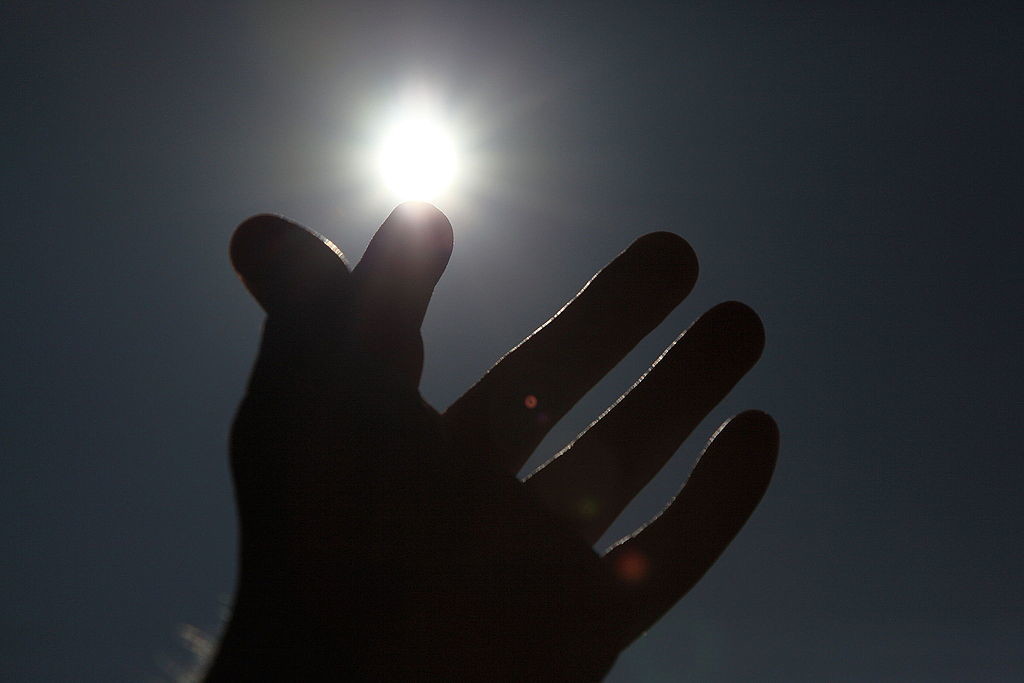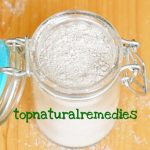Heat Exhaustion – What It Is and How to Cure It
During our lives, most of us experience different diseases. More or less serious, they all affect us one way or another. It would be advised to be careful and check ourselves out when we experience any kind of symptoms. Today we’re going to talk about heat exhaustion. It’s not as serious as a heat stroke, but if you start experiencing symptoms, then it’s time to be worried. This medical condition can be experienced by the persons that have been exposed for a long time to heat or high temperatures. To reach the point of heat exhaustion, it takes several days or weeks of exposure. There are two types of heat exhaustion: water depletion and salt depletion.

- Sweating, Nausea and Weakness
Individuals with heat exhaustion tend to experience symptoms such as profuse sweating, weakness, muscle cramps, nausea, headaches and vomiting. When the dehydration escalates, it can lead to lightheadedness and fainting. If the sick person stands up instantly, it might experience syncope. In some cases, some patients suffer from a low-grade fever.
- Muscle Cramps, Confusion
Cramps can be harsh. If rehydration and stretching won’t diminish the pain, you should ask for medical care. If the person becomes confused, emergency services should be called in, because a heat stroke may occur.
- Increased Heart Rate
Likely symptoms of heat exhaustion include increased heart rate, problems in concentrating, elevated blood pressure, chest pains, breathing insufficiency and dark colored urine. It is important for the doctor to think about another diagnosis. There are other infectious illnesses that have the same symptoms.
Contents
What Are the Causes of Heat Exhaustion?
The most common situation is exposure to the sunlight. The people that suffer from this medical situation are being exposed too much to high temperatures. More exactly, the time spent out in the heat, especially for longer periods of time, is very dangerous. The body can’t cool itself anymore and the internal organs are having difficulties. Another cause is high humidity. Even though we are sweating, the body fluid does not flush out and it doesn’t cool the body down. Dark colored clothes are not the best choice if you’re planning on going outside on a torrid day. Also, wearing a few layers can cause overheating.
What Is the Treatment?
The first step for recovery is cooling down the body. The individual must be laid to rest, placed in the shade. Removing the extra clothes may help with the air circulation across the body. Also, a spray with cool water may come in handy, by stimulating evaporation. The next step is rehydration. Starting with small sips of water and other electrolyte replacement drinks should do the trick. But this might be a real problem if the person that has been struck by heat exhaustion can’t drink, due to nausea or vomiting. If rehydration fails, then the water loss must be replaced with intravenous fluids. The process won’t be stopped until the patient urinates. That is a sign that there is enough fluid in the body.



